
Designing an industrial factory in accordance with proper standards from the outset not only helps businesses and investors save hundreds of millions in annual operating costs, but also creates a significant competitive advantage in the market. Instead of struggling with layout errors, costly redesigns, or inefficient production lines due to spatial limitations—you can avoid all of that with a smart, functionally-optimized design.
Factory design serves as the foundation for organizing production flow, functional zoning, and ensuring compliance with both technical and legal standards from the beginning. If the design is incorrect or incomplete, a business will quickly face a series of consequences: from wasted space and increased renovation costs to compromised efficiency and occupational safety.
Therefore, if you're planning to build or renovate a factory, do not begin before reading this article. In the sections below, BIC will outline how to design a factory that optimizes functionality—delivering efficiency right from the blueprint and long-term operational savings.
In every manufacturing industry, the functional performance of a factory is a key factor that directly determines operational efficiency, running costs, and scalability. Poor design leads to wasted space, chaotic logistics, and disconnected production lines—all of which silently increase costs and reduce productivity day by day.
Functional optimization is not just about “tidy layouts”—it’s a design mindset grounded in real-world operations. It involves analyzing production flow, scientifically dividing spaces, and ensuring long-term flexibility. A well-structured design shortens material handling time, simplifies supervision and maintenance, and creates a safe, efficient working environment for employees.
Furthermore, factories designed with optimal functionality are better positioned to meet technical standards such as fire protection (PCCC), GMP, ISO, or industrial construction codes. This helps investors accelerate approval processes, mitigate legal risks, and put facilities into operation faster.
Optimizing functionality from the design stage is not just a cost-saving strategy—it’s an investment in operational sustainability and long-term performance.
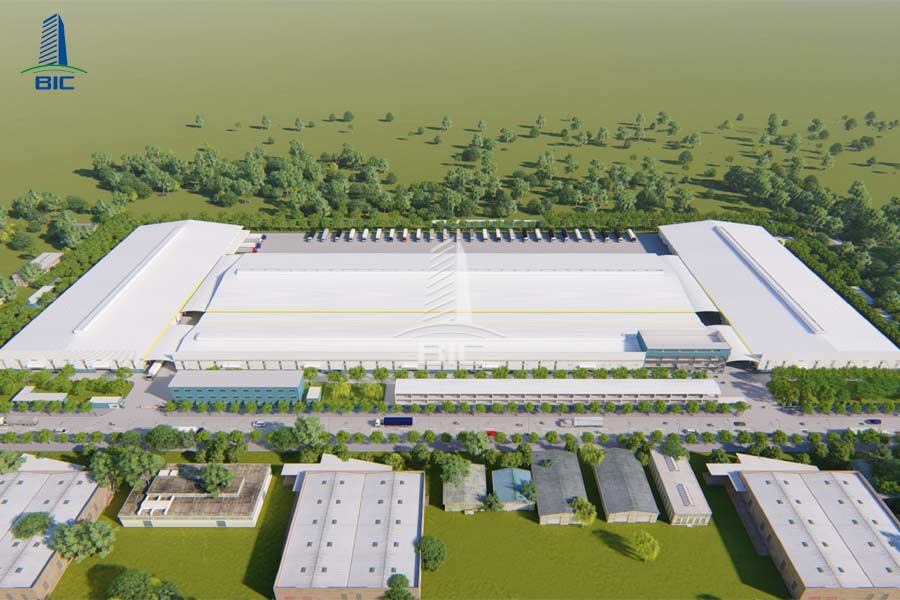
Factory design cannot be based on aesthetics or initial investment cost alone—it must rest on functional performance, safety, and operational stability. Each principle is not just a technical guideline but a long-term commitment to operational efficiency. Below are critical principles that help enterprises achieve optimal results right from the planning stage:
Designing layout based on actual operations ensures optimized flow of materials, products, and personnel. The space must be logically organized to avoid overlap and ensure smooth internal movement. For example, placing the raw material warehouse near the initial production zone shortens travel time and reduces allocation errors. In contrast, misplacing functional zones can disrupt operations and increase both time and operating costs.
Production, storage, office, utility, and support areas must be clearly separated. Overlapping functions lead to hygiene issues, quality reduction, and decreased performance. Especially in food or pharmaceutical facilities, improper zoning can result in loss of temperature/humidity control or cross-contamination—affecting product quality and disqualifying the facility from obtaining GMP or ISO certifications.
Design should account for forklifts, trolleys, conveyors, etc. Wide, obstruction-free corridors help reduce collisions and improve movement speed. Well-planned internal logistics also enhance safety and reduce workplace accidents.
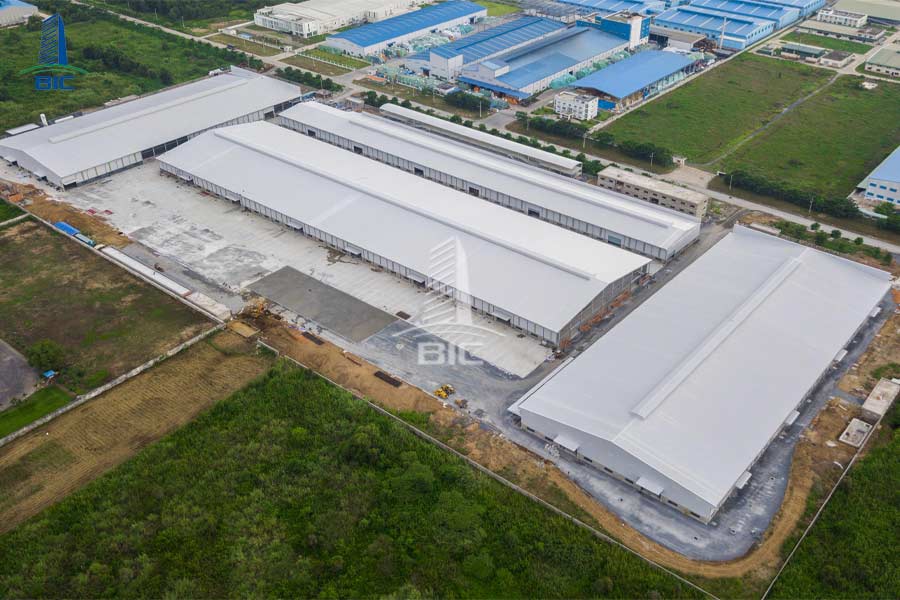
Light and air significantly impact work environment and operating costs. Smart design can reduce energy consumption while ensuring comfort and safety. Using polycarbonate skylights or cross-ventilation windows can cut lighting and cooling costs by 15–30%. A well-ventilated space also improves employee productivity and health.
Never design just for current needs. A flexible blueprint allows future scaling or upgrading of production lines without major structural overhauls. This is crucial for growing businesses, as expandable design reduces additional costs and shortens rollout time when expanding capacity.
These are not theoretical tips—they’re drawn from real projects that have proven successful. Applying them correctly from the design phase allows investors to control both construction and operational costs while setting the foundation for long-term, stable growth.
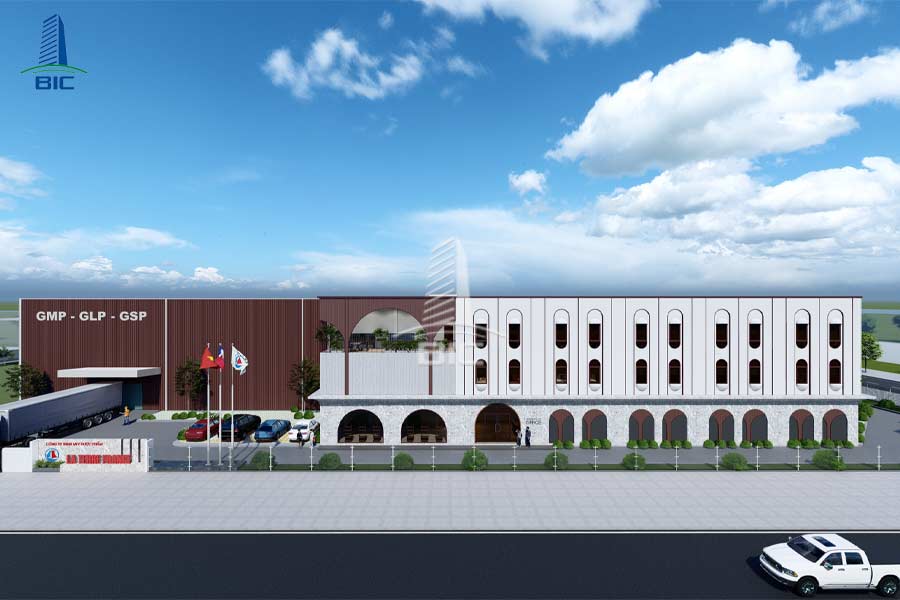
There is no universal formula for factory design. Each industry has unique requirements in terms of environment, processes, equipment, and technical standards. Therefore, the design must be customized to fit the specific factory type. Below are optimal approaches for common types:
These sectors require strict GMP standards. Design must separate clean/dirty zones, prevent cross-contamination, and control temperature and humidity. Materials must be easy to clean, non-corrosive, and dust-resistant. HVAC systems must be tailored to each zone’s cleanliness level.
These require high-load steel structures, crane systems, and safe spacing between machines. Spaces must be tall and entrances wide enough for lifting equipment. Proper dust, gas, and noise control systems are also critical. Design should include space for maintenance and spare part storage.
These factories are labor-intensive and organized by assembly lines. Design must provide adequate space for cutting, sewing, packaging, and ensure a cool, ventilated environment. Changing rooms and rest areas should be separate and well-planned. Aisles should be wide to avoid congestion and improve productivity.
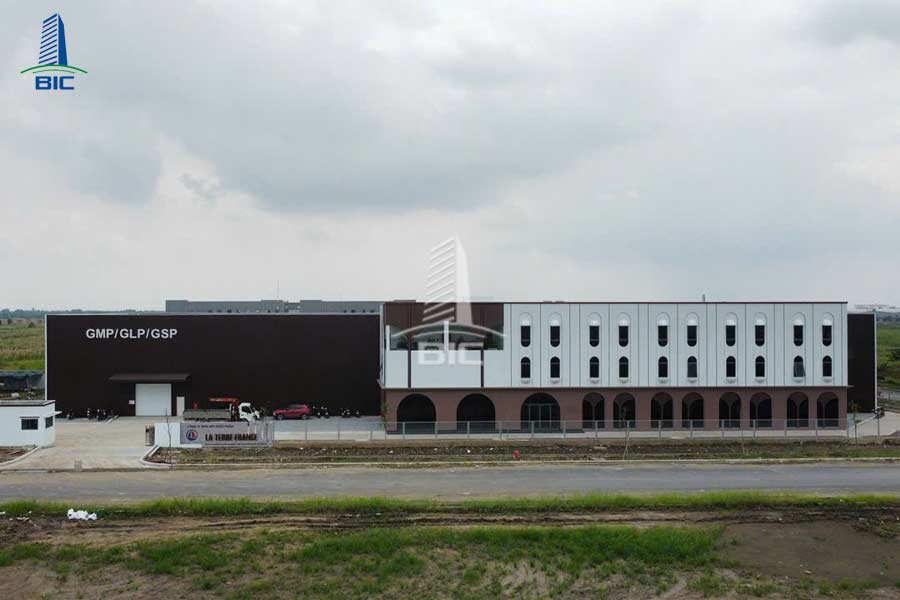
Logistics facilities should integrate barcodes, conveyors, forklifts, and automated warehouse management. Design must consider ceiling height, floor load, fire safety, and product preservation. Cold storage must include proper insulation, compressors, and freezing systems from the start for energy efficiency.
Some enterprises need adaptable spaces for seasonal or rotating production. The solution is modular steel structures, movable partitions, and flexible technical systems. The goal is to create open spaces that are reconfigurable but still safe and structurally stable.
In short, optimizing design according to factory type enhances capital efficiency and long-term operational performance. Enterprises should work with experienced firms in each field to avoid risks and establish a solid foundation for sustained success.
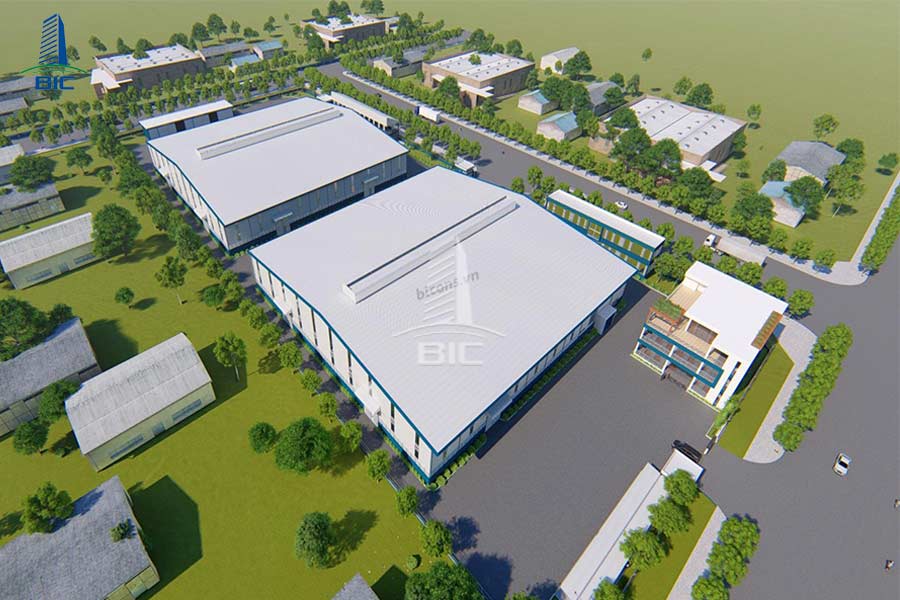
A quality design does not come from guesswork or investor assumptions—it must be handled by professional firms with deep industry knowledge and technical expertise. The factory design company is your strategic partner in ensuring the facility meets standards, runs efficiently, and remains cost-effective over time.
Each business has different workflows, structures, and growth goals. A professional firm will conduct thorough surveys, listen to the client, and propose the most suitable solution—from overall layout to technical details—avoiding waste and misalignment during implementation.
A skilled firm does more than draw—they understand how factories actually operate. They will calculate and optimize workflow, equipment placement, power, water, air, lighting, and ventilation systems—maximizing functional utility and preventing costly revisions later.
Industrial projects must comply with construction, fire safety, environmental, and labor regulations. A capable design firm ensures standardized drawings, assists with permits, and liaises with authorities to keep legal processes on track.
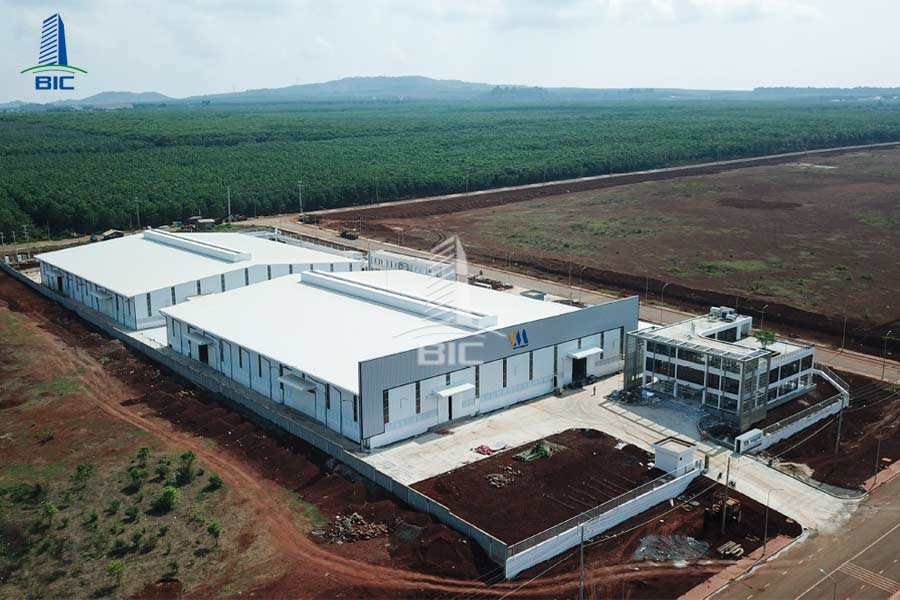
With field experience, design firms can provide realistic cost estimates, helping clients manage budgets effectively. They also help mitigate risks during tendering and contractor selection.
In short, a professional design firm does more than build a factory—they help you create a long-term, profitable production system. Choosing the right partner is a strategic decision that directly affects your project’s short- and long-term success.
Although design is a critical first step, many businesses make serious mistakes that erode ROI or eliminate competitive advantages. Here are common errors that impact factory performance:
Reusing old designs or generic samples without on-site analysis leads to mismatched layouts. Each plot of land and production line needs a unique approach. A “copy & paste” mindset leads to inefficiency and wasted space.
Some designs focus only on immediate needs and overlook future expansion or repurposing. When the business grows, the facility becomes inadequate—forcing costly upgrades or rebuilds. Lack of flexibility is a major barrier to growth.
Without analyzing production flow, the layout may create bottlenecks—slowing operations, raising internal costs, and reducing labor efficiency. Example: placing the finished goods warehouse near the receiving gate rather than the shipping dock results in chaotic routing.
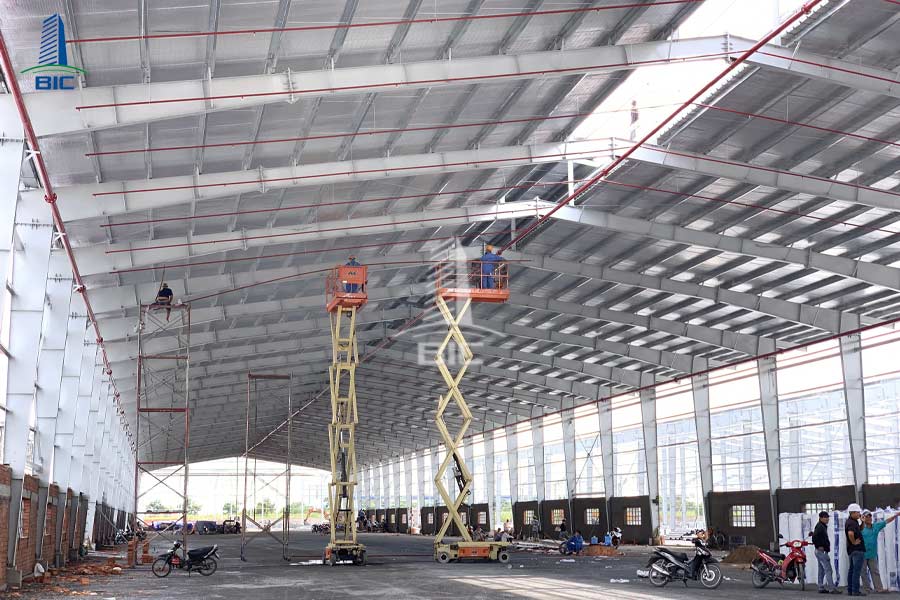
Incomplete planning for power, water, fire safety, ventilation, lighting, or waste treatment leads to makeshift solutions, extra costs, and non-compliance. Neglecting support systems accelerates degradation, reduces safety, and blocks ISO or GMP certification.
Choosing designers based on low cost instead of expertise results in vague or impractical drawings. This leads to changes during construction or unsolvable flaws. Inexperienced firms cannot provide strategic, long-term planning.
Design flaws don’t just affect the structure—they undermine the entire business. Investors must take the design phase seriously, as it lays the groundwork for the success of any industrial production project.
Factory design is not just the first step of a project, it’s the foundation of an entire operational and growth ecosystem. With a strategic investment in optimal design, businesses save costs, increase productivity, and prepare for expansion, all while enhancing brand value.
Functional design is not a detail, it’s a survival factor in an increasingly competitive industrial environment. The difference between smooth operation and persistent problems lies in the initial blueprint.
So if you're planning to build or renovate your factory don't delay. Start with a professional, functional, and future-ready design. It's the smartest investment you can make for the sustainable success of your business.